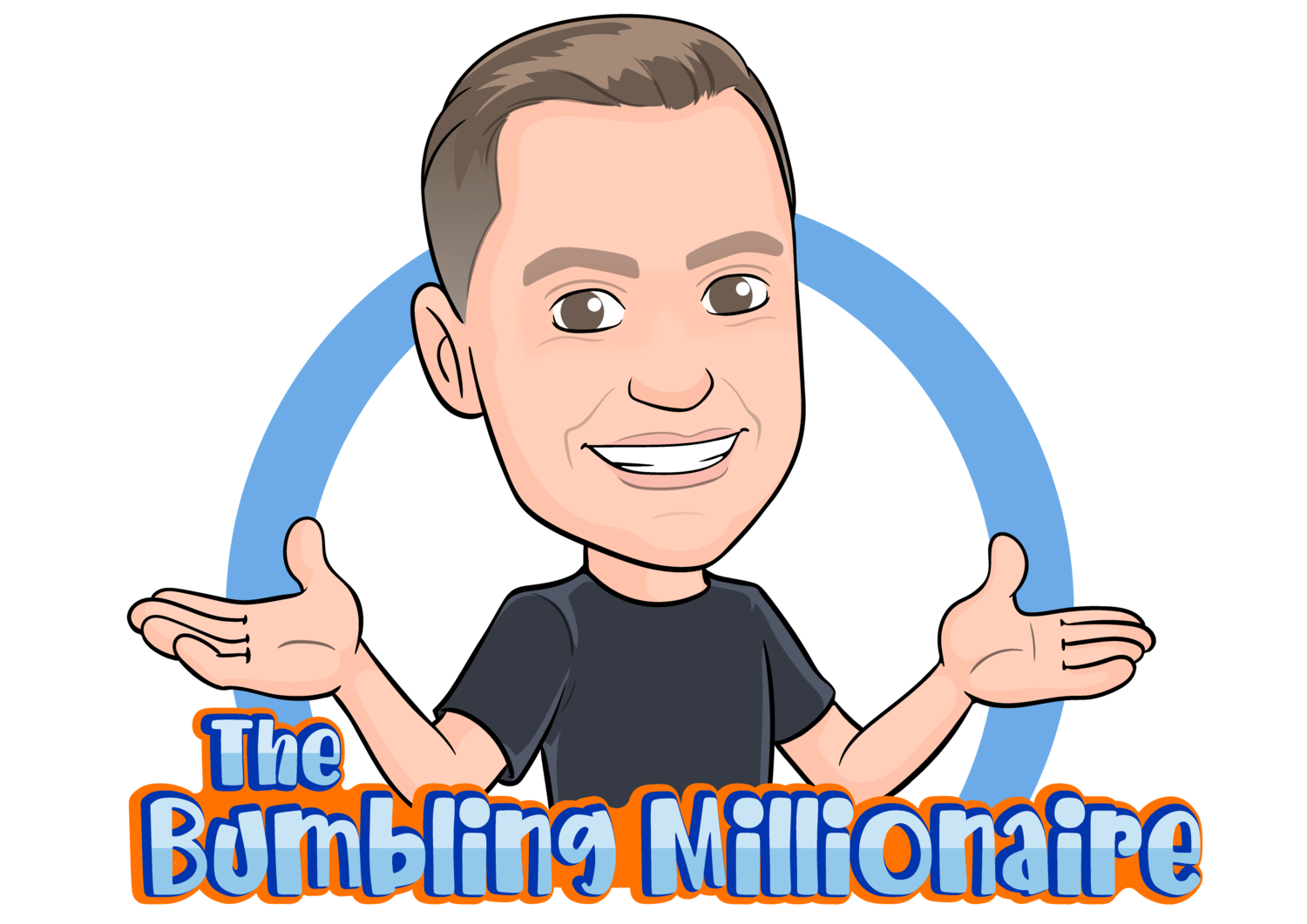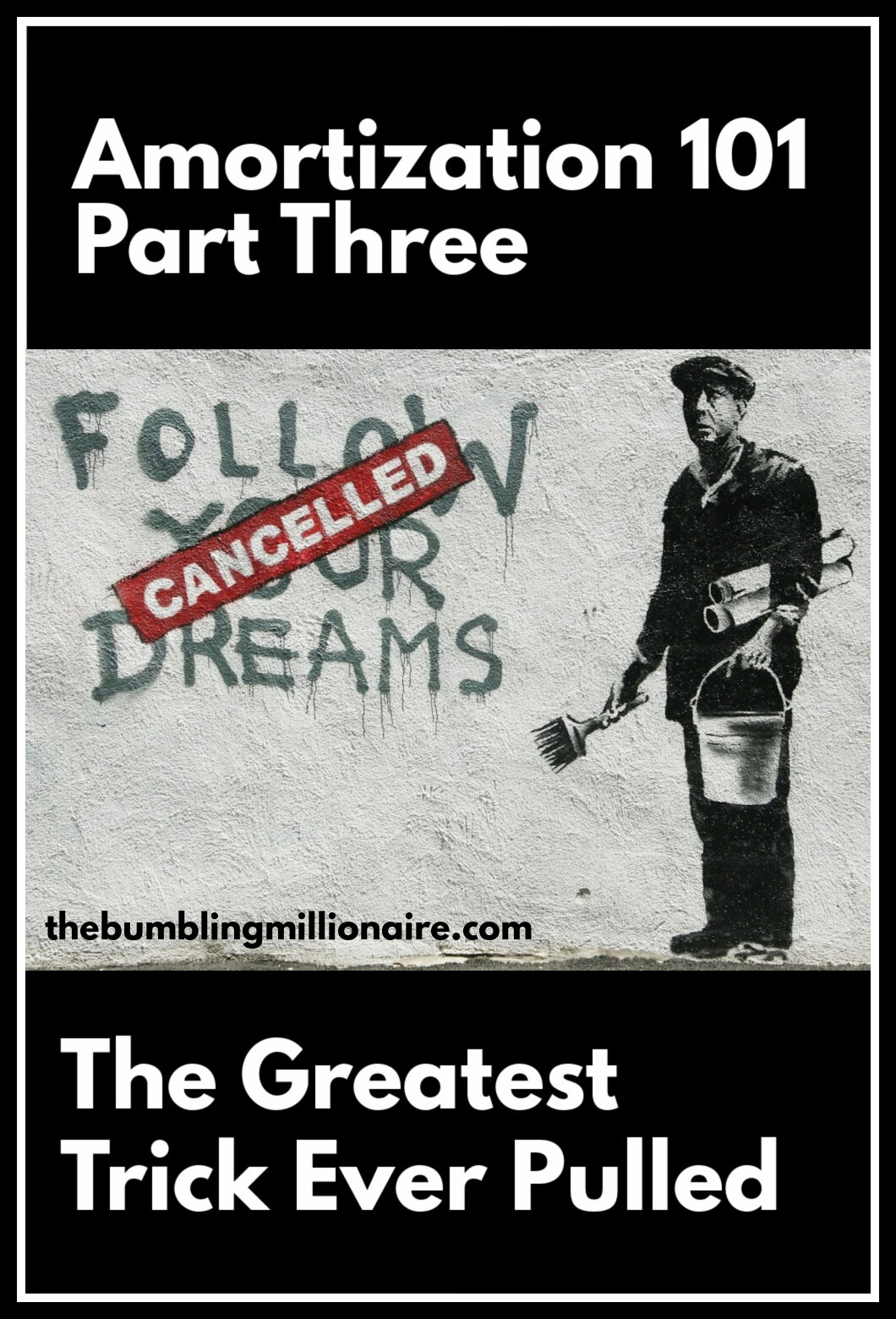The Little Property That Could – Part II - A Partner Needs Out
/This is Part 2 of a 3 Part Series
Because this is an active deal, with both an existing tenant and partners, I can’t reveal certain deal terms. However, I will do my best to share what I learned.
If you missed the first part of this series, please click below ...
This post may contain affiliate links. Learn more by reading my disclosure.
We owned the little property on Northwest Boulevard for years and it was humming along nicely. Our tenant, The Medicine Shoppe, had accepted a renewal and was happy. We had painted the building and seal coated the parking lot in an effort to protect it and enhance its curb appeal.
Things seemed perfect.
Unfortunately, for some of us life gets in the way.
One of our partners, Bobbi (not her real name) had gone through a divorce. Per the divorce settlement, she could keep her share of ownership in the property.
Bobbi contacted me one afternoon and stated she was making some changes in her life, one of which included a relocation away from Spokane. “I’d like to sell my portion of the Northwest Boulevard building. How do we go about doing that?”
I told Bobbi we would value the building and get her a number for her portion. She would have the opportunity to accept or reject the value. She said that sounded fine and looked forward to hearing from me.
I hung up the phone and thought, “This is something new. We’ve never bought out a partner before.”
What is Net Operating Income?
The first step was to determine the value of the property. Investment real estate is calculated on the value of its net operating income (NOI).
Simply,
Income – Expenses = Net Operating Income.
Since this was a single tenant building this was very easy to calculate.
For example: (in other words, not actual lease numbers)
$1,500/month in rent or $18,000 annually.
Expenses that weren’t recovered (not reimbursed by tenant) amounted to $3,000.
So, the annual Net Operating Income was $15,000 ($18,000 - $3,000). Simple enough?
By the way, you don’t take mortgage payments (debt service) from Net Operating Income. If you deduct mortgage payments from NOI, you get Cash Flow. That’s what we are all after, but that’s not how you value a property.
Back to NOI and value.
The next step is to determine a Capitalization Rate (cap rate). To put this simply, a cap rate is the rate of return an investor would expect on a property. This is often a confusing subject, but stick with me and we’ll get through it.
A lower cap rate equates to a less risky investment. Walgreens and Starbucks properties have extremely low cap rates and are coveted by investors. At the time of this article, you can find these properties with cap rates in the 5% or lower range. A few years ago, they were in the 6% range.
An older property, not on a corner and without a national tenant, will see its cap rate significantly higher. These properties will see rates several points higher in the 7-9% range. This is because the risk is higher for an investor considering this type of property.
Regarding cap rates just remember:
The lower the cap rate, the lower the risk and the higher the value of the project.
The higher the cap rate, the higher the risk and the lower the value of the project.
It’s an inverse relationship.
Why are Cap Rates Important?
To determine a cap rate, you divide the NOI by the purchase price.
However, knowing where cap rates fit into the market is like throwing a dart at dartboard. Once you get some practice, you get pretty close to the bullseye. However, when you first start it can be bit confusing. The most important thing to know is your market and what forces are pushing on it.
When the recession hit, cap rates released and the prices of properties slid. It wasn’t uncommon to find good properties with cap rates in the 8-9% range and those with local tenants selling in the 10% range.
As the market recovered, the cap rates tightened and the values of properties returned.
A great informational video from MSR Holdings on Cap Rates.
Back to our example…
The property has an NOI of $15,000.
Suppose that when the property was initially purchased a cap rate of 9% was used.
$15,000 ÷ 9% = $166,666.00
Now, the market has improved and the expected cap rate is now 8%.
$15,000 ÷ 8% = $187,500.00
Remember, the market moving its level of expected return can push a price up.
We performed a valuation on the property and applied a cap rate. Due to changes in the market, we believed that a 1% drop (or increase in value) occurred to the initial cap rate. We were pleasantly surprised by the uptick in the new value.
We also had to take into consideration the considerable reserve savings account we had built up. A portion of this was Bobbi’s. Everything must be considered in the process of valuing a property to buy out a partner.
When the calculations were done, Bobbi’s initial contribution had earned a 43% return over four years.
I presented my assessment to Bobbi and she agreed.
The remaining partners approved contributing the entire reserve account to the buy-out leaving only small portions we would all have to contribute individually to complete the transaction.
By buying out Bobbi, the 20% partners each picked up an additional 5% ownership and Kevin and I both picked up an additional 2.5%.
LESSONS LEARNED
Sometimes Life Gets in the Way
Life happens to you and your partners. Not only do you have to be ready for something in your own life, but you need to be ready for something to happen in their life.
Always remember that your life choices may affect your partners so act accordingly.
Have you ever partnered into a deal?
I'd love to hear how things worked out for you.
Or are you ready for more?
Here's the third part of the series
Part III - The Little Property That Could - A Partner Needs Out






